If there was only one way available to improve the health and safety of workers in Australia, it would be to limit and enforce working hours to those in the official Awards and job descriptions.
This situation which would really be simply a case of working-to-rule, would need to be supported by other not unreasonable changes, in no particular order:

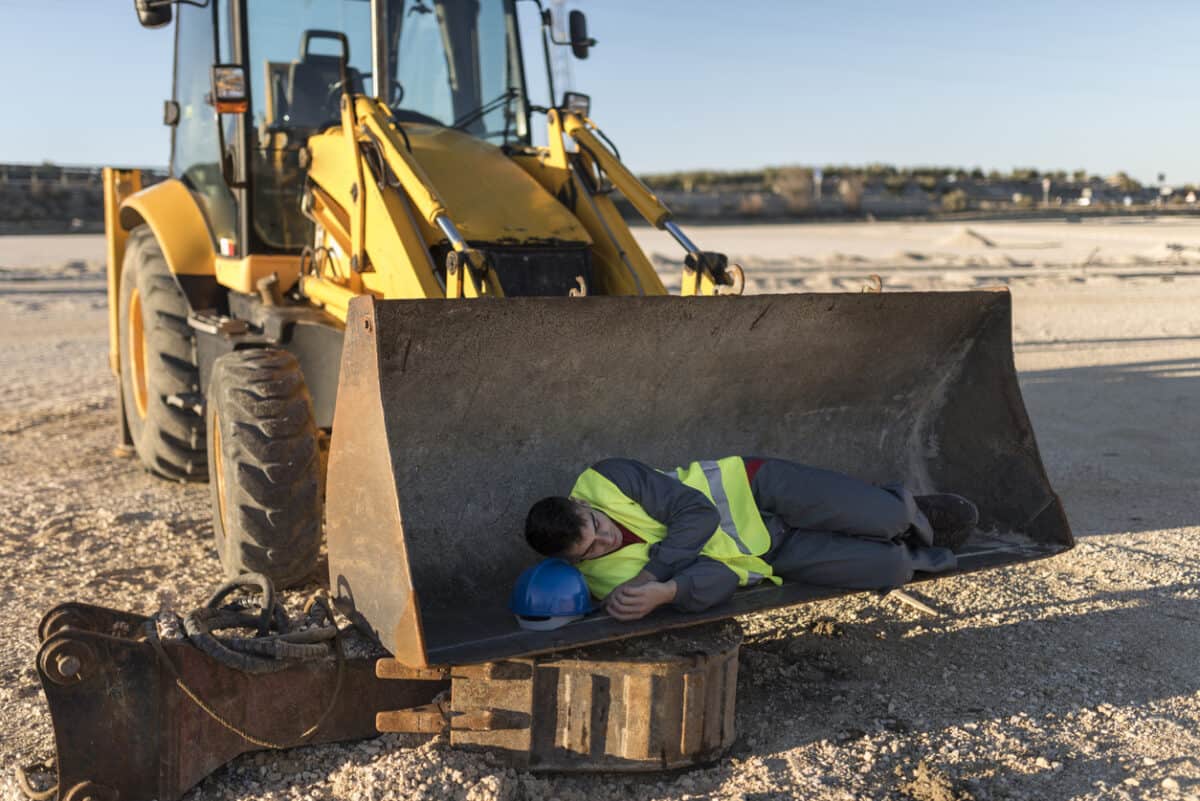
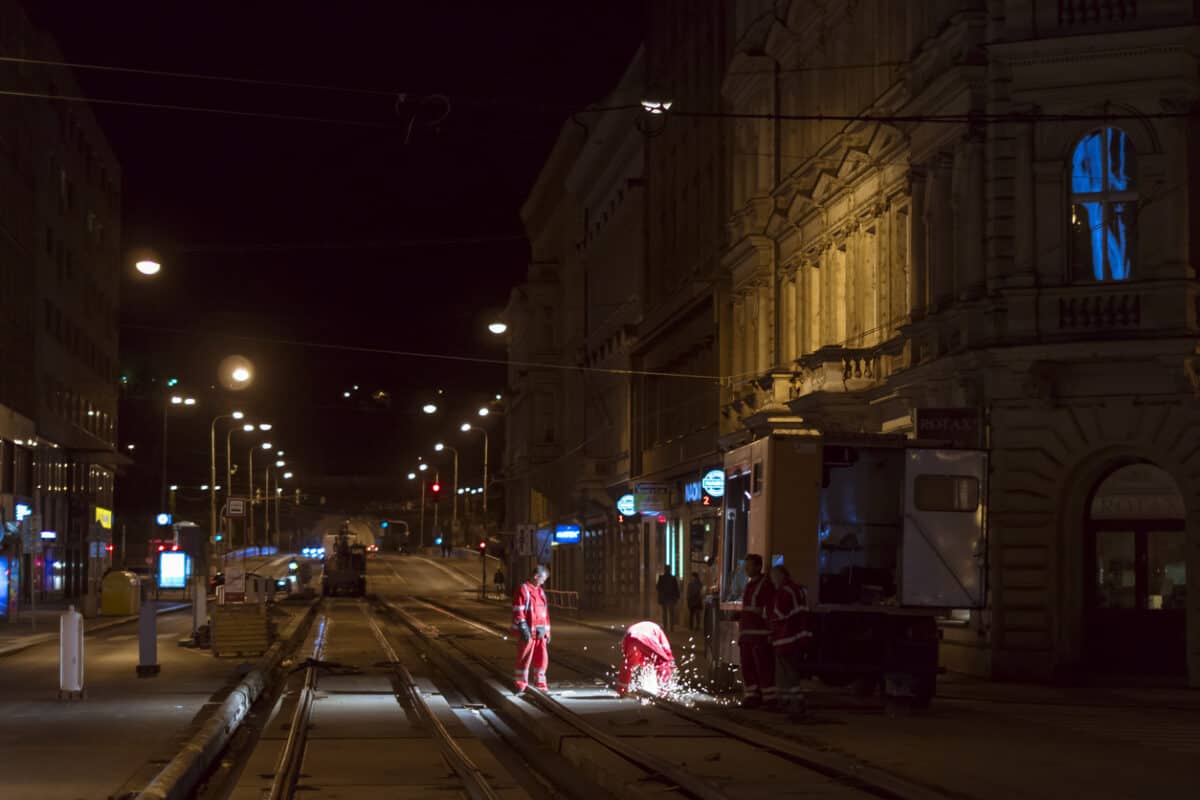
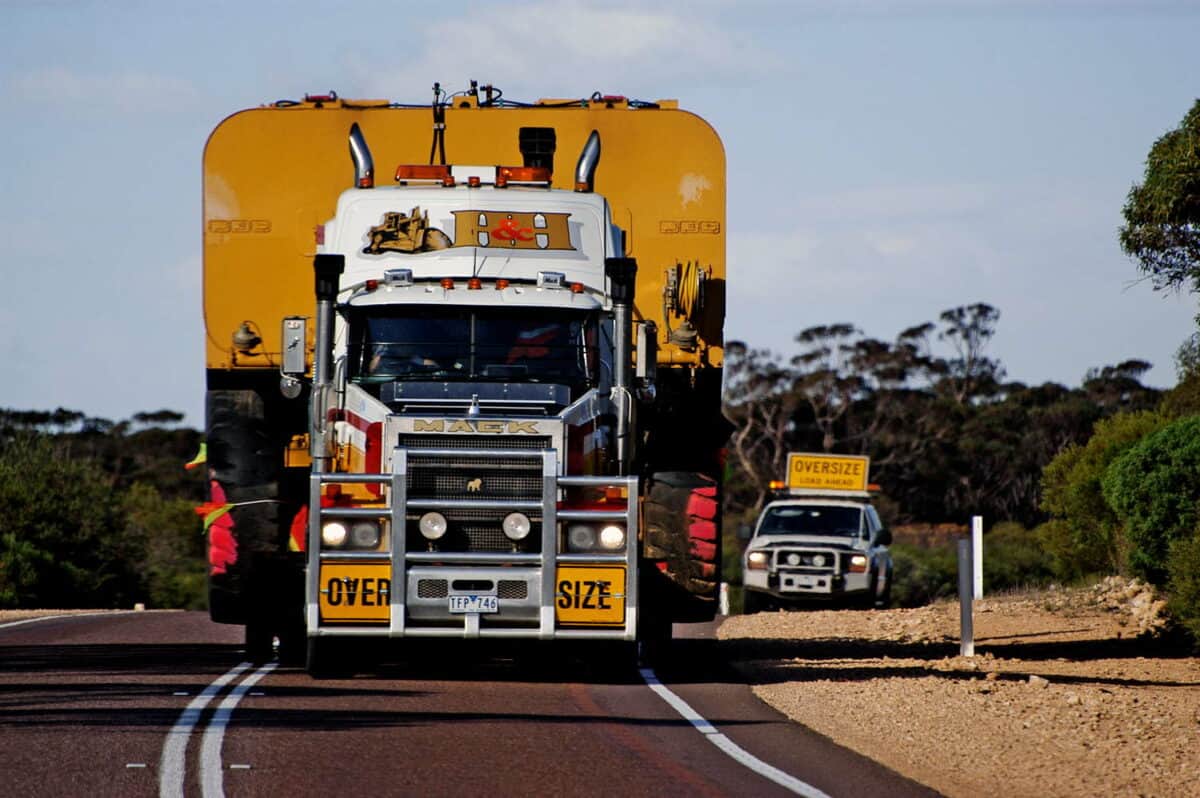

 In September 2018 Australia commenced
In September 2018 Australia commenced 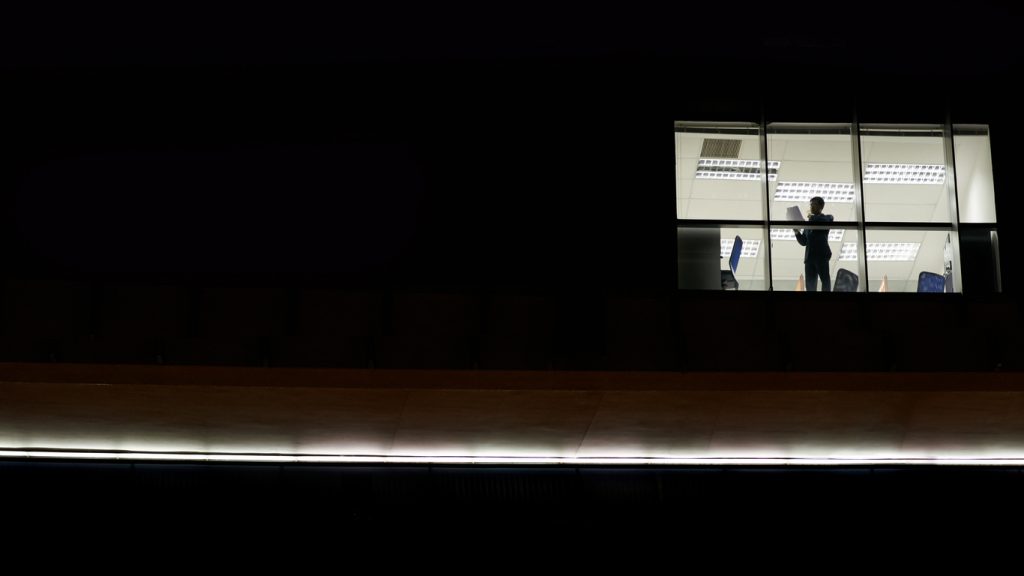
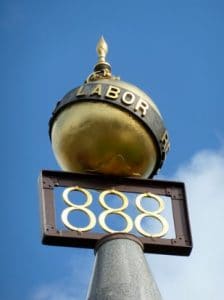 On the corner of Lygon and Victoria Streets in Melbourne is a monument to the 8 Hour Day. This represents a social structure of work that equates to
On the corner of Lygon and Victoria Streets in Melbourne is a monument to the 8 Hour Day. This represents a social structure of work that equates to